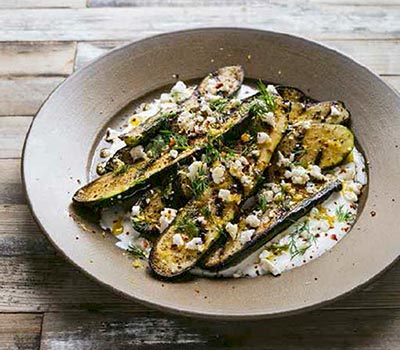Not again. For the second time in a month, a cheese that I had requested for a class would be a no-show, the distributor informed me last week. The French producer had declined to ship any Couronne de Touraine, concerned that the goat cheese might be detained by the FDA. The issue? The ashed rind.
In recent months, the FDA has held some French and Italian cheeses because they contained ash—either in the center or on the surface. You’ve seen ash in the internal ripple in Morbier and on the surface of Loire Valley goat cheeses like Valençay, Selles-sur-Cher and Sainte-Maure. Maybe you have tasted Italian Sottocenere (“under the ashes”). How do you think it got that name?
Made from charred vegetable matter, ash has been part of cheese making for centuries. It makes the surface of acidic young goat cheeses more basic so that a protective coat of mold can grow. In times past, the ash in Morbier kept the flies off the evening curd until the following day’s curd was ready to layer on top. Or that’s the lore anyway. (Today, young Morbier wheels are split in half and sprinkled with ash. Less romantic, more sanitary.)
Sainte-Maure de Touraine
The European Union gives “E numbers” to food additives it considers safe. Vegetable ash is E153. Scientific committees of the EU have reviewed the safety of E153 on several occasions, most recently in 2012. That report, published in the Journal of the European Food Safety Authority, cleared it again. “At the reported use levels….vegetable carbon is not of safety concern,” the report stated. As these experts pointed out, the human GI tract doesn’t even absorb it.
But because E153 is not on the FDA’s list of approved colorants, it is a non-permitted ingredient. None of the cheesemakers, importers or brokers I spoke to had any clue why the agency has decided to target this ingredient now, and the FDA did not respond to two requests for clarification.
“It’s not easy with a rational mind to make sense of what’s transpiring,” said Brad Dubé of Food Matters Again, a New York importer and distributor. “Not everyone’s cheeses are being detained; it’s a bit of the luck of the draw. But when you import 52 weeks a year, you feel like you’re playing Lotto.”
Carboncino, a mixed-milk Robiola-style cheese from Piemonte, was one recent victim. Apparently the FDA has just noticed that this lovely cheese, available here for years, has an ashed rind. The creamery’s president recently told Dubé that America has seen the last of this product. Instead, we’ll get a reformulated cheese without the ash.
So far, the FDA’s scrutiny hasn’t extended to domestic ashed cheeses, of which there are many. Understandably, these producers want to lie low. I called a Canadian company that sells vegetable ash to U.S. cheesemakers to find out if its product was FDA-approved, and the reply was “no comment.” Marc Druart, director of research and development for Emmi Roth U.S.A., a Wisconsin specialty-cheese producer, told me in a cryptic e-mail that suppliers were working on “new approaches…which should allow domestic cheesemakers to use ash again.”
But why is this necessary? What’s wrong with vegetable ash? If our food-safety authorities have a concern about a food additive, shouldn’t they at least tell us why?
See You in Sonoma?
Grilled Zucchini with Yogurt Sauce, Feta, Lemon & Dill
Travel to India, Persia, Turkey and Egypt via recipes that showcase the sweet and savory sides of yogurt. Join me in the beautiful teaching kitchen at Ramekins Culinary School for a deep dive into both the sweet and savory side of yogurt. Turkish carrot salad…a grilled vegetable dish that will make you wish you had planted more zucchini…and a dessert that has been the hit of my book tour.
Yogurt Feast: Sweet and Savory
Sunday, July 26
11 a.m. to 2 p.m.
Ramekins Culinary School
450 West Spain Street
Sonoma
Menu and reservations here



